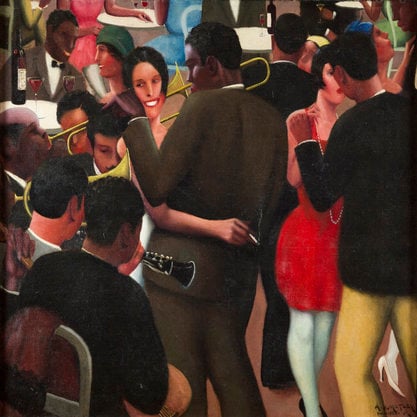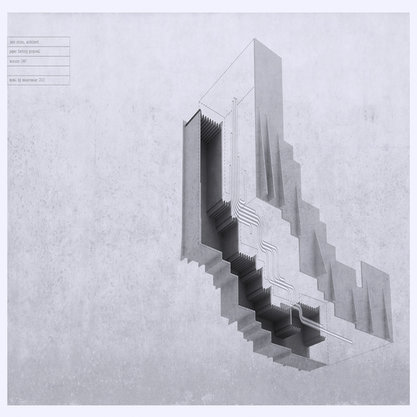Article
Modernist Music in Turkey (1923--) By Gedik, Ali Cenk
Article
Modernist music in Turkey owes its foundations to the late bourgeoisie revolution in 1923. The young republic, motivated by the building of a modern nation-state, rejected the traditional Ottoman music and sought to synthesize Turkish folk music and Western classical music through what is known as the “Music Revolution.” The first generation of modern composers, Cemal Reşit Rey (1904–1972), Hasan Ferid Alnar (1906–1978), Ulvi Cemal Erkin (1906–1972), Ahmet Adnan Saygun (1907–1991), and Necil Kazım Akses (1908–1999) were called the “Turkish Five.” These talented musicians attended European conservatories in Paris, Berlin, Vienna, Budapest, and Prague. A second generation of composers, including Bülent Arel (1919–1990), İlhan Usmanbaş (1921–), and İlhan Mimaroğlu (1926–2012) followed a different path by appreciating recent trends in modernist music, ranging from serial to electronic music. While a similar trend continued within the next generations of composers, each generation also appreciated the traditional Ottoman and Turkish folk music. However, the “Music Revolution” ultimately failed due to the musical policies of right-wing governments.


